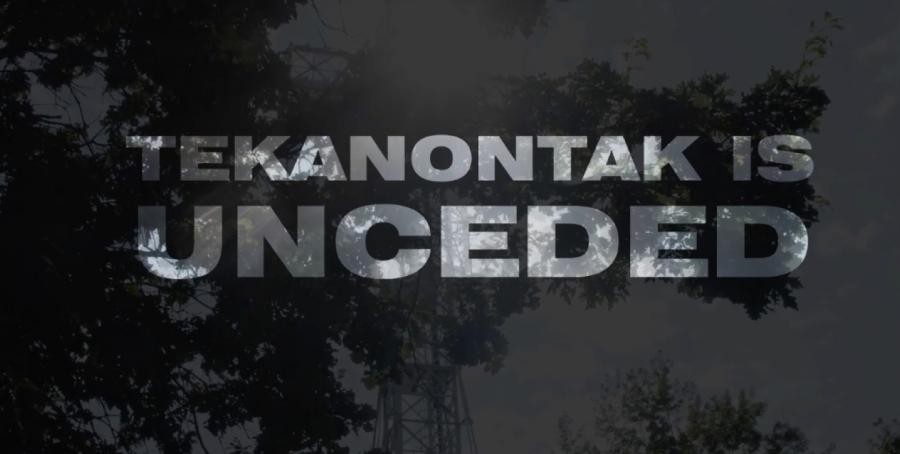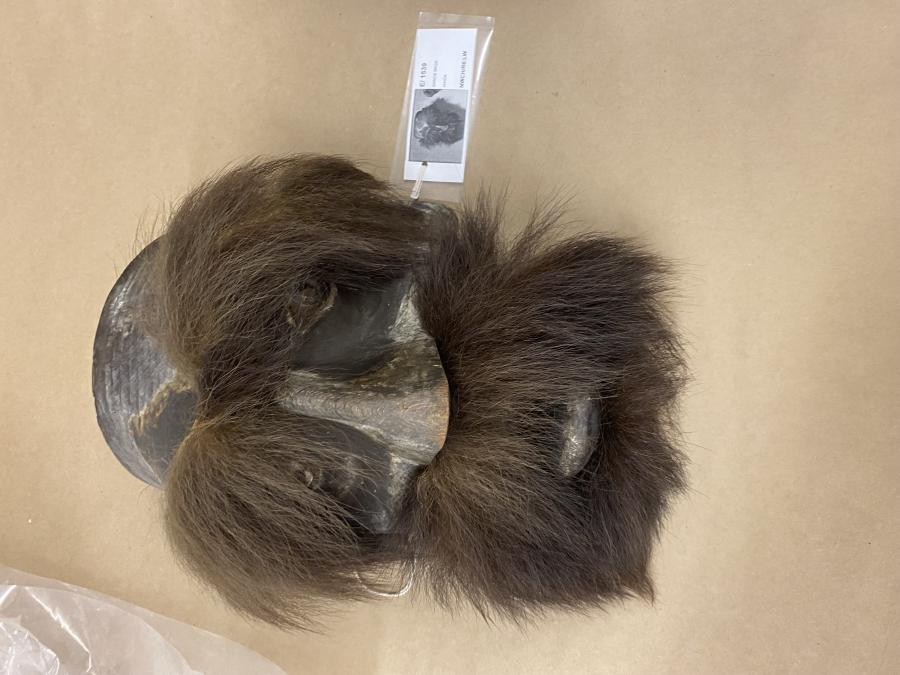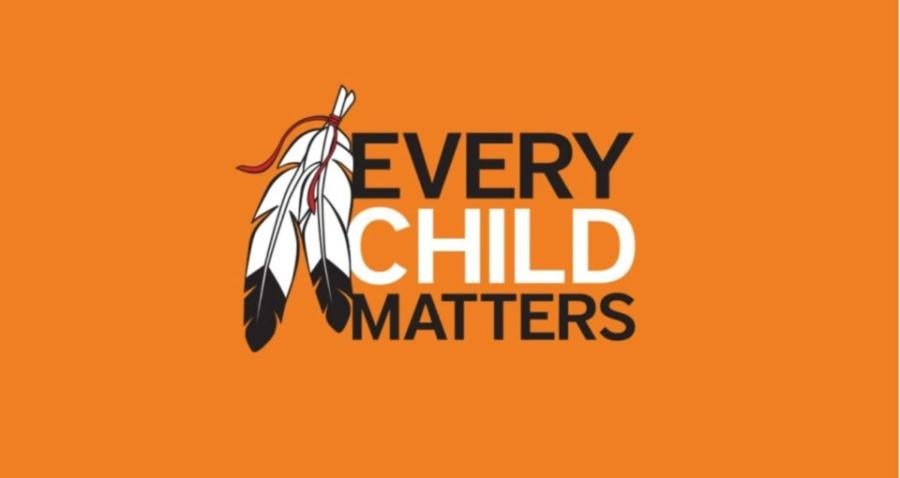From October 20 to 24 the imagineNATIVE film festival drew hundreds of indigenous and non-indigenous film enthusiasts from around the globe to diverse downtown Toronto, Canada.
Celebrating its fifth year, participants noted that this was the most successful festival yet. The imagineNATIVE film festival is one of the few solely indigenous-run and programmed festivals in the arts community today.
With some of the most innovative aboriginal creators of film, video, radio, and new media in attendance, more than 90 films were screened, including shorts, documentaries, narrative feature films, children's animation, and experimentals. Material covered a wide range of topics relevant to indigenous communities, from Native legends, spiritual healing, identity, and respect for elders, to forced displacement, drug and alcohol addiction, depression, police brutality, and land rights.
"The '90s were the age of desktop publishing, but today we live in the age of desktop broadcasting," exclaimed Chris Spence of Aboriginal Voices Radio in Canada. Many festival participants stressed that media literacy is one of the most important skills younger generations have to learn.
Festival highlights included the showing of the first indigenous-made feature-length film from the islands of Fiji, Pear ta Ma 'on Maf/The Land Has Eyes by Rotuan director Vilsoni Herenik. The first Palaw'an feature-length film from the indigenous people of South Palawan, Phillipines, Basal Banar, directed by Kanadan Balintagos, was also shown. The Russian Federation submitted a feature about forcibly displaced Nomadic Chukchi hunters, titled Arctic Troy and directed by Aleksei Vakhrushev.
Several short films produced by aboriginal youth in James Bay, British Columbia, and Inukjuak, Quebec, were among the festival's other attractions. In addition, the program featured multiple films spotlighting Australian Aboriginal issues.
Free workshops and panels on fundraising, marketing, and distribution of films gave filmmakers and festival participants further artistic and professional development skills.
Indigenous culture today can be reflected through the use of state-of-the-art media technology. Indigenous-produced media fills in the gaps in mainstream media, confronts decades of negative coverage, and influences how others think about aboriginal people and their positions in society, often debunking stereotypes.
According to Native prophecies, the seventh generation is marked to revitalize traditional ways and become the voice of the people. Native artists, musicians, actors and activists are making waves in all disciplines, combining innovative technology with traditional life ways to stretch the limits of the media industry. In this manner, they have successfully become their own actors, directors, producers and promoters.
Native filmmakers, musicians, actors and artists are telling their stories by combining the framework of traditional media with the industry's resources. With consumer access to technological innovations, these indigenous communities are demonstrating how we have launched into an era of desktop production, and how greatly it can benefit future generations.
The award winners for the 2004 imagiNATIVE film festival are as follows:
The Alanis Obomsawin Best Documentary Award: Vincent Blackhawk Aamodt for The Ghost Riders
Best Dramatic Feature: Vilsoni Hereniko for Pear ta Ma 'On Maf / The Land Has Eyes
The Cynthia Lickers-Sage Award for Emerging Talent: Ariel Lighteningchild for Swallow
Best Radio: Andre Morisseau for Great Indian Bus Tour
Best New Media: Kokonda Dub for Fire This Time
Best Television: Zacharias Kunuk for Kunuk Family Reunion
Best Short Drama: Cedar Sherbert for Memory
Best Experimental: Terrance Houle for Wagon Burner
Drama Pitch Prize: Dawn Dumont for Elliot
Documentary Pitch Prize: Tasha Hubbard for Girl
Submissions for the 2005 festival are due on June 15, 2005. Visit www.imagineNATIVE.org or call 416-585-2333 for more information and application forms.



